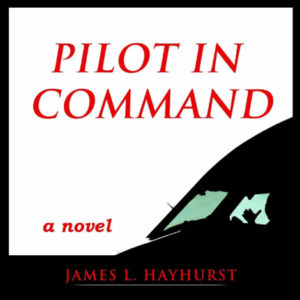The Piaggio P180 Avanti is an Italian made twin engine turboprop aircraft which operates frequently in Providenciales. While the P180 aircraft has been in operation for about 2 decades and I’ve seen them on countless occasions, I’ve only gotten around photographing one today. Enjoy my shots!
The Piaggio P180 Avanti is an Italian made twin engine turboprop aircraft which operates frequently in Providenciales, Turks and Caicos Islands. While the P180 aircraft has been in operation for about 2 decades and I’ve seen them on countless occasions, I’ve only gotten around photographing one today. Since photography is one of my greatest passions, I thought it would be nice to share my shots and also offer a brief story on the aircraft.
The Piaggio Avanti is produced by Piaggio Aero and seats up to nine passengers in a pressurized cabin, flown by one or two pilots. The innovative design places the horizontal stabilizer in front of the aircraft , while the main wing with engines in pusher configuration are mounted at the rear.
The P180 design was tested in wind tunnels in Italy and the U.S. in 1980 and 1981. A collaboration with Learjet to develop the aircraft began in 1983 but ended in 1986, with Piaggio continuing development on its own. The first prototype flew on 23 September 1986. U.S. and Italian certification was obtained on 7 March 1990. The first 12 fuselages were manufactured in Wichita, then flown to Italy for final assembly. Avanti Aviation Wichita ran out of money in 1994 and the production stalled until 1998. The 100th aircraft was delivered in October 2005 and the 150th in May 2008.
General characteristics
Crew: one or two pilots
Capacity: up to nine passengers
Cabin dimensions: 1.75 m (5 ft 9 in) high, 1.85 m (6 ft 1 in) wide, 4.45 m (14 ft 7 in) long
Payload: 907 kg (2,000 lb)
Length: 14.41 m (47 ft 3½ in)
Wingspan: 14.03 m (46 ft 0½ in)
Height: 3.97 m (13 ft 0¾ in)
Wing area: 16 m² (172.2 ft²)
Empty weight: 3,400 kg (7,500 lb)
Max takeoff weight: 5,239 kg (11,550 lb)
Powerplant: 2× Pratt & Whitney Canada PT6A-66 turboprops, 634 kW (850 shp) each
Performance
Maximum speed: 732 km/h (395 kn, 455 mph)
Cruise speed: 593 km/h[8] (320 kn, 368 mph) (econ cruise)
Range: 2,592 km (1,400 nmi, 1,612 mi) at 11,900 m (39,000 ft) with reserves
Service ceiling: 12,500 m (41,000 ft)
Rate of climb: 14.98 m/s (2,950 ft/min)








